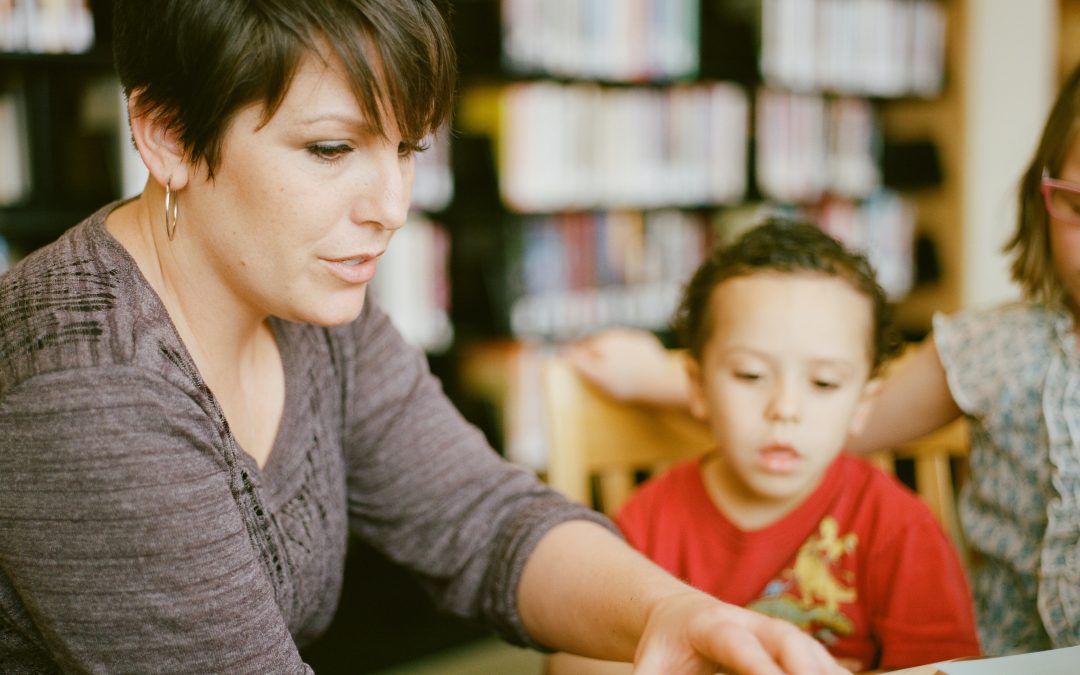In usual times, September is my favourite time of year- the excitement, the promise, the possibility of a new school year.
But this September we will be getting to grips with a ‘new normal’ and it may feel a little different.
Children will on the whole be grateful to return to school. Parents will breathe a collective sigh of relief as we acknowledge just how much teachers do, by supporting the running of the country by allowing us to get to work.
But, as teachers you may be feeling anxious about what lies ahead.
At any time, the pace of change in education is relentless: new government directives, changes to the curriculum and keeping apace with the challenges facing our young people.
Although teachers and school leaders are well used to change, schools thrive on structure and routine. Procedures are followed which have precedent- they are repeated year on year and we know they work.
Yet Covid has presented very real and pressing concerns: around health, the physical safety of staff and students, as well as the impact of lockdown on mental health.
A simple question to teachers on social media revealed some common themes:
Firstly, children coming back with different learning experiences and pressure to catch up. Attendance will continue to vary according to health conditions and local spikes.
The impact the new arrangements will have on communication with colleagues and the impact on everyday socialising and day to day chat.
For secondary teachers the challenges of moving around school, rather than the students- teaching in non-specialist rooms and bringing materials for each lesson.
All of this plus the knowledge that having created a ‘new normal’, we may once again have to pivot and return to online teaching and home learning.
A year ago, I took the big leap, leaving education after 18 years and established a coaching business in which I support my clients in creating change- be that in career, in confidence or in well-being. Since embarking on my coaching training in 2016, I have learned mindset strategies that looking back I wish I had as a teacher.
- Change at any time is scary because as human being we naturally want to retain the status quo. Our reptilian brains have evolved to keep us safe and anything outside of the norm naturally provokes fear.
- People will respond differently to change- some people are more flexible and find it easier to adapt to change. Others of us have a strong preference for maintaining the status quo. This isn’t right or wrong: we are all different.
- Fear affects the brain- when the brain perceives danger, our body is flooded with cortisol and we lose access to the pre-frontal cortex- the part of our brain which is responsible for higher order thinking. Our response then is to fight or flight: to Forget Everything And Run.
- Fear makes us unpredictable: parents, colleagues and students may behave in ways we don’t expect.
Of course, the teaching profession is not alone in adjusting to change.
My husband, Jon, is a Director for Intensive Care consultant and has led the staff and hospital through the challenges that Covid has presented: including rapid expansion of provision and induction of non-specialist staff to work on the ICU: changes to shift patterns; adapting to work in full PPE and fear for their own health and that of their families.
Very early in the pandemic Jon observed the differences in his colleagues’ response to fear-
RISE Some really stepped up, rose to the occasion and embraced new roles and responsibilities. Some great leaders emerged in this time.
FREEZE Some were initially paralysed by fear and resistant to change, unable to function or lead effectively.
DELAY Others seem to have coped well through the crisis, but in the aftermath PTSD and anxiety have increased. Some who respond well to pressure and will rise to the challenge but when that pressure is applied for too long, we start to see burn out.
So how do we make a positive response to change?
- Look at the change we’ve already been through- we have already shown the most incredible collective resilience in this time. Nationally, there were fears that the pandemic would provoke rioting and looting. We’ve seen some wrangling over toilet roll, but on the whole this pandemic has been characterised by incredibly civilised behaviour, care for our communities and wide spread respect for the rules. In schools, teachers have pivoted incredibly quickly moving the curriculum online and providing care for key worker pupils.
- We can choose our response. One of my favourite quotes comes from Viktor Frankl who was a doctor imprisoned in Auschwitz, having lost his wife and children, devoted his time to caring for his fellow prisoners. He stated: “Everything can be taken from a man but one thing: the last of the human freedoms – to choose one’s attitude in any given set of circumstances, to choose one’s own way.”
- Focus on what is in your control-
The Serenity Prayer, written by the American theologian Reinhold Niebuhr, comes to mind here:
God, grant me the serenity to accept the things I cannot change,
courage to change the things I can,
and wisdom to know the difference
- Make well-being a priority. This is often seen as a nice to have, once we have reached the end of the to-do list. Actually, in order to have the mental and physical resilience for what is likely to be a very challenging term, well-being is key. Decide what this is for you: sleep, nutrition, exercise, relationships and make this a priority.
On 27th August I will be partnering with Rebecca Daniel, a fellow transformation coach and teacher, to deliver an online Well-Being Day for teachers, offering training on mindset, resilience and well-being, designed for teachers returning to work in September.
For further details please see here: https://linktr.ee/theteacherwellbeingproject


Recent Comments